Papua New Guinea, a captivating nation located in the southwestern Pacific Ocean, is renowned for its extraordinary natural landscapes and rich cultural diversity. Comprising the eastern half of the island of New Guinea and numerous surrounding islands, this remarkable country boasts a unique blend of stunning scenery, vibrant cultures, and historical significance.
With its vast rainforests, pristine beaches, and diverse wildlife, Papua New Guinea stands as an adventurous and enchanting destination for travelers seeking an authentic and immersive experience in one of the world’s most culturally rich regions.
Table of Contents
Geography
Papua New Guinea covers an area of approximately 462,840 square kilometers, making it the world’s 54th largest country by land area. The country occupies the eastern half of the island of New Guinea, sharing the island with Indonesia, and includes several archipelagos such as the Bismarck Archipelago, the Solomon Islands, and the Manus Islands.
The country’s topography is incredibly diverse, featuring towering mountains, dense rainforests, and extensive river systems. The central highlands are characterized by rugged mountain ranges, including the Owen Stanley Range, which rises to elevations of over 4,000 meters.
Papua New Guinea’s location in the Pacific Ring of Fire makes it prone to volcanic activity, and the country is home to several active volcanoes. Its coastal regions are lined with beautiful beaches and coral reefs, providing stunning underwater landscapes.
The climate is predominantly tropical, with high temperatures and humidity throughout the year. The country experiences a wet season from December to March, bringing heavy rainfall and occasional cyclones, and a dry season from May to October.
States of Papua New Guinea
Papua New Guinea is divided into 22 administrative divisions, which include 20 provinces, the Autonomous Region of Bougainville, and the National Capital District (Port Moresby). The provinces and regions serve as the primary administrative divisions rather than states. Here is a table listing the 22 administrative divisions of Papua New Guinea along with their capitals:
| No. | Province/Region | Capital |
|---|---|---|
| 1 | Central | Port Moresby (National Capital District) |
| 2 | Gulf | Kerema |
| 3 | Milne Bay | Alotau |
| 4 | Northern (Oro) | Popondetta |
| 5 | Southern Highlands | Mendi |
| 6 | Western | Daru |
| 7 | Western Highlands | Mount Hagen |
| 8 | Enga | Wabag |
| 9 | Hela | Tari |
| 10 | Jiwaka | Kurumul |
| 11 | Chimbu (Simbu) | Kundiawa |
| 12 | Eastern Highlands | Goroka |
| 13 | Morobe | Lae |
| 14 | Madang | Madang |
| 15 | East Sepik | Wewak |
| 16 | Sandaun (West Sepik) | Vanimo |
| 17 | Manus | Lorengau |
| 18 | New Ireland | Kavieng |
| 19 | East New Britain | Kokopo |
| 20 | West New Britain | Kimbe |
| 21 | Autonomous Region of Bougainville | Buka |
| 22 | National Capital District | Port Moresby |
History
Papua New Guinea’s history is a rich tapestry of indigenous cultures, European exploration, and colonial influences. The region has been inhabited by diverse Melanesian communities for thousands of years, each with its own distinct languages, traditions, and social structures. These indigenous cultures developed complex societies with deep connections to their natural environment, creating a vibrant mosaic of traditions and customs.
European contact began in the 16th century with the arrival of Spanish and Portuguese explorers, followed by Dutch and British expeditions. The country’s first significant European presence came with the British colonization of parts of the island and the establishment of Australian control over the region in the late 19th century.
Papua New Guinea was divided between German and British control until World War I, when Australia assumed administration of the former German territories. During World War II, Papua New Guinea was a significant battleground, with fierce fighting between Allied and Japanese forces. The war had a profound impact on the country, leading to changes in its political and social landscape.
After the war, Papua New Guinea continued under Australian administration until it gained self-government in 1973 and achieved full independence in 1975. Since then, Papua New Guinea has developed into a sovereign nation with a growing economy and a commitment to preserving its rich cultural heritage and natural environment.
Top Ten Must-Visit Destinations
1. Mount Hagen
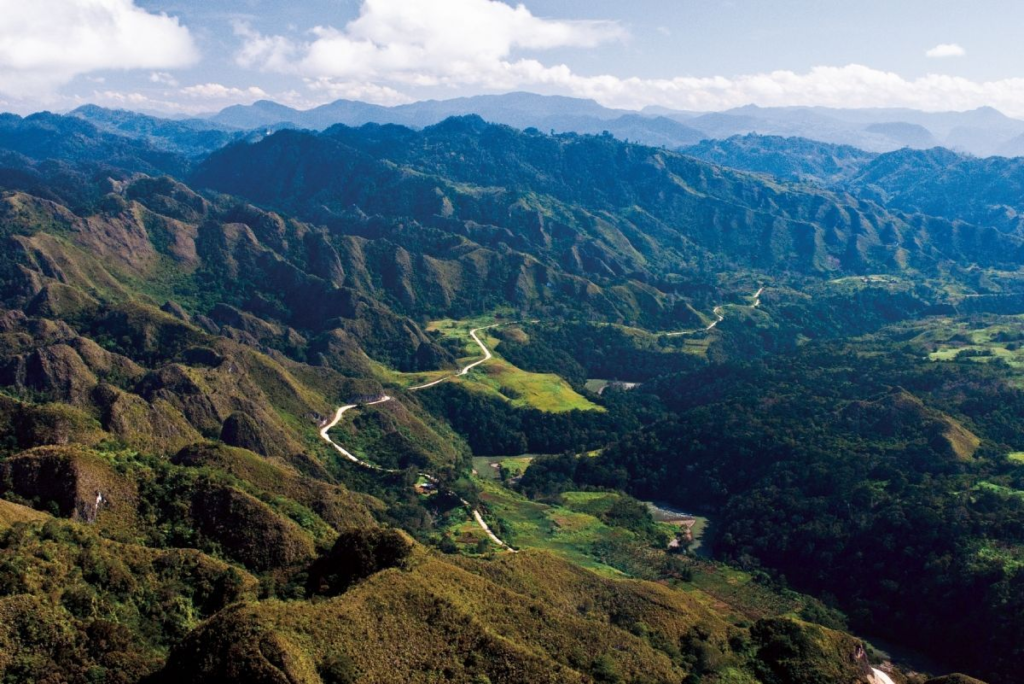
Mount Hagen, located in the Western Highlands Province, is one of Papua New Guinea’s most renowned landmarks. The mountain stands at 4,500 meters above sea level and is a popular destination for trekkers and adventure enthusiasts. The surrounding highlands offer stunning views of rugged terrain, lush valleys, and traditional villages. Visitors can explore the vibrant culture of the local Hagen people, known for their colorful traditional attire and cultural festivals.
2. Kokoda Track
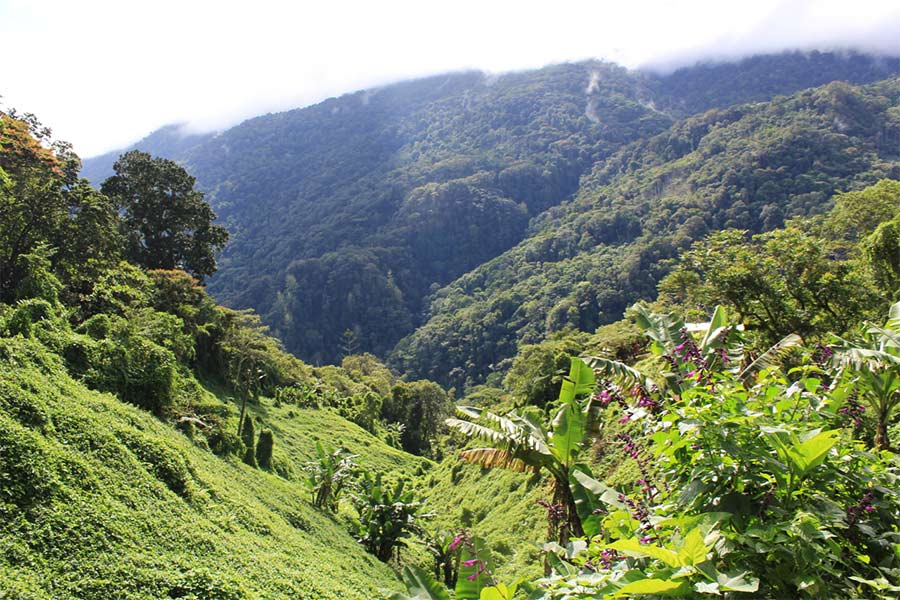
The Kokoda Track is a historic trekking route that traverses the Owen Stanley Range, connecting the towns of Kokoda and Owers Corner. This challenging trail, stretching over 96 kilometers, was the site of significant battles during World War II. Today, it attracts adventurous hikers who seek to experience its dramatic landscapes and learn about its historical significance. The track offers breathtaking views of mountains, rainforests, and river valleys, providing a profound connection to Papua New Guinea’s wartime history.
3. Tufi Resort
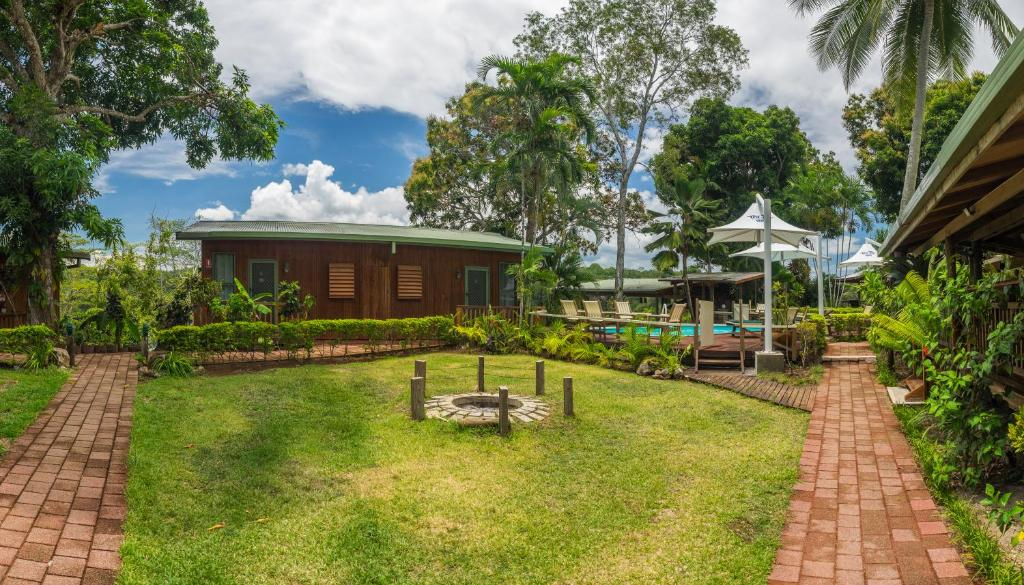
Tufi Resort, situated in the Oro Province, is renowned for its stunning coastal scenery and exceptional diving opportunities. The resort is located on a picturesque fjord, surrounded by lush rainforest and crystal-clear waters. Tufi is famous for its world-class dive sites, including vibrant coral reefs and WWII shipwrecks. Visitors can enjoy snorkeling, diving, and exploring the unique underwater environments of this beautiful region.
4. Rabaul
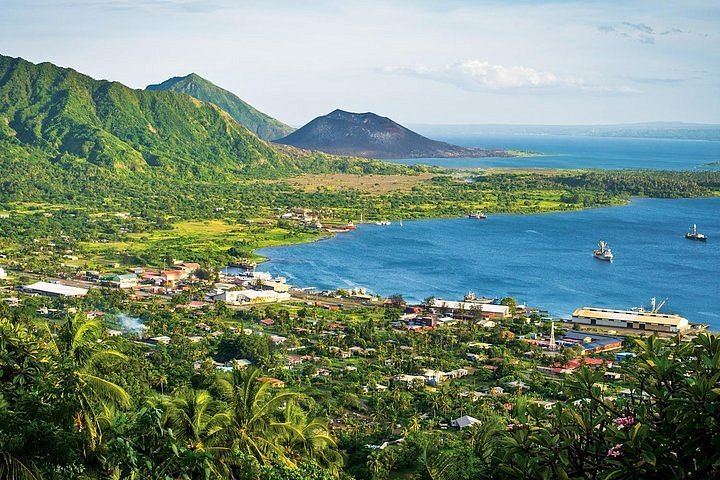
Rabaul, located on the northeastern coast of New Britain Island, is a city known for its dramatic volcanic landscape and historical significance. The city is situated in the shadow of several active volcanoes, including Tavurvur and Vulcan. Rabaul offers a range of attractions, including hot springs, volcanic craters, and historical sites related to World War II. The city’s vibrant markets and cultural festivals provide insights into the local way of life and traditions.
5. Sepik River
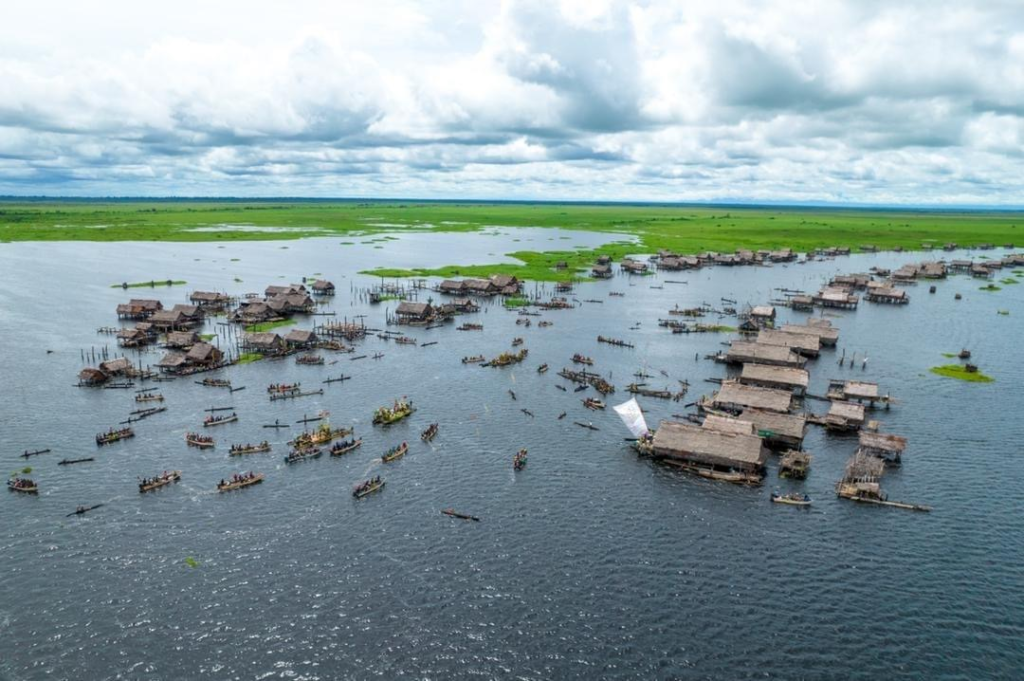
The Sepik River, one of Papua New Guinea’s most iconic waterways, flows through the northern part of the country, meandering through lush rainforests and remote villages. The river is renowned for its rich cultural heritage, with numerous indigenous communities living along its banks. Visitors can explore traditional art forms, such as intricate wood carvings and ceremonial masks, and experience the unique way of life of the Sepik River people.
6. Madang
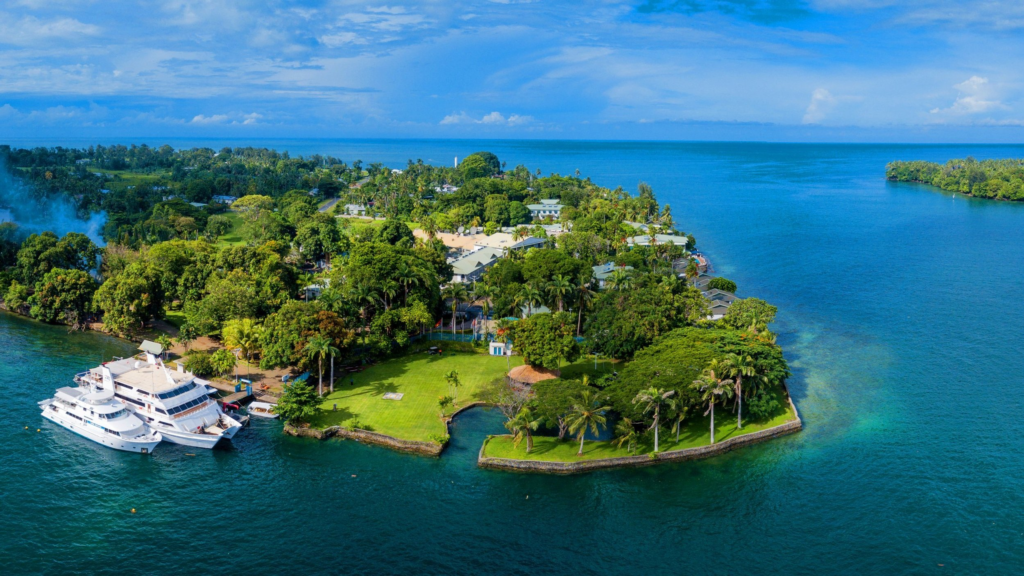
Madang, a coastal town in the northern part of Papua New Guinea, is known for its picturesque landscapes and vibrant marine life. The town is surrounded by beautiful coral reefs, clear lagoons, and tropical islands, making it a popular destination for diving and snorkeling. Madang’s lush hinterlands offer opportunities for hiking and exploring the country’s diverse flora and fauna.
7. Manus Island
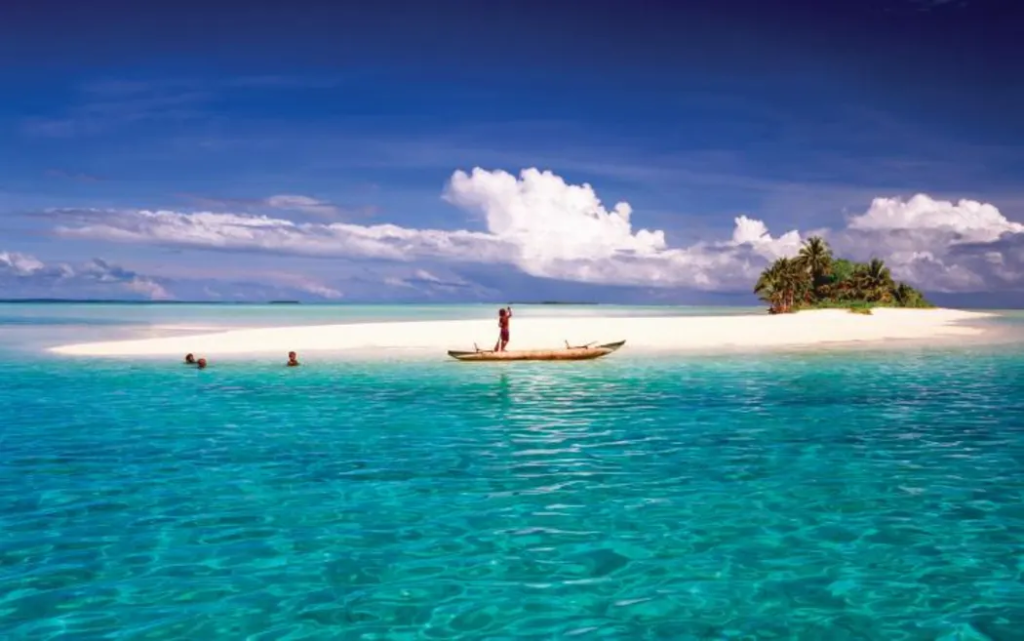
Manus Island, part of the Manus Province, is a remote and enchanting destination known for its pristine beaches and rich cultural heritage. The island features stunning coral reefs, crystal-clear waters, and traditional island villages. Visitors can experience the island’s unique customs and traditions, including traditional dance performances and craft-making.
8. Port Moresby
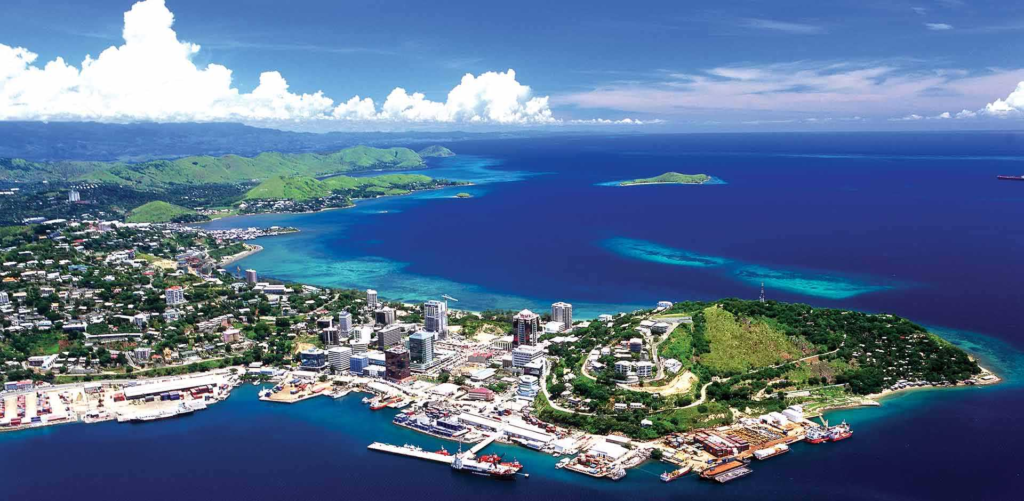
Port Moresby, the capital and largest city of Papua New Guinea, offers a glimpse into the country’s urban life and cultural diversity. The city features a range of attractions, including the National Museum and Art Gallery, which showcases Papua New Guinea’s rich cultural heritage and artistic traditions. Port Moresby also provides opportunities for exploring local markets, dining at diverse restaurants, and engaging with the city’s vibrant community.
9. Lae
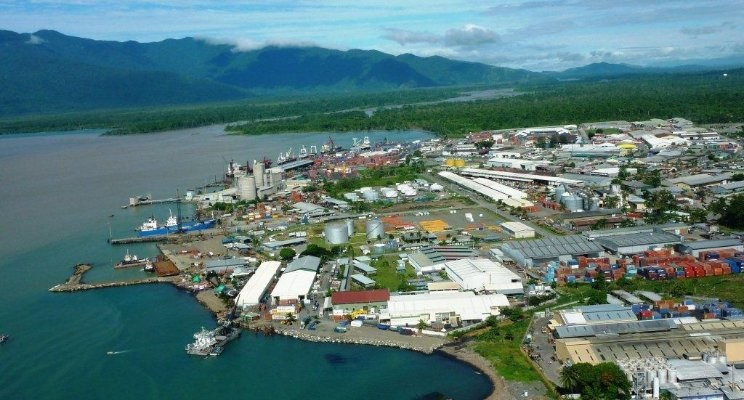
Lae, located in the Morobe Province, is Papua New Guinea’s second-largest city and a key economic hub. The city is surrounded by scenic landscapes, including rolling hills, rivers, and forests. Lae offers attractions such as the Lae Botanic Gardens, which feature a diverse collection of tropical plants and flowers. Visitors can also explore local markets and experience the city’s dynamic cultural scene.
10. Tari
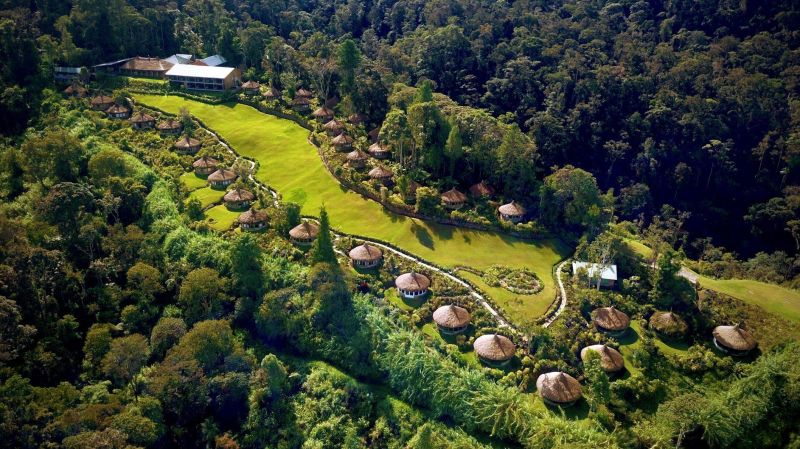
Tari, situated in the Southern Highlands Province, is known for its stunning natural beauty and unique cultural practices. The region is famous for its traditional Huli Wigmen, who are known for their elaborate headdresses and ceremonial costumes. Tari offers opportunities to experience traditional Huli culture, including traditional dances and rituals, and explore the surrounding highland landscapes.
Culture
Papua New Guinea’s culture is a rich tapestry of diverse indigenous traditions, languages, and customs. With over 800 distinct languages spoken across the country, Papua New Guinea is one of the most linguistically diverse regions in the world. The country’s indigenous cultures are deeply connected to the natural environment, with traditional practices and beliefs centered around harmony with nature and respect for ancestral heritage.
Traditional art forms, such as elaborate wood carvings, intricate beadwork, and vibrant textiles, play a significant role in Papua New Guinea’s cultural expression. Festivals and ceremonies are central to the country’s cultural life, celebrating everything from agricultural cycles to ancestral traditions. The famous Sepik River region, for example, is renowned for its ceremonial masks and carvings, which are used in rituals and storytelling.
Festivals
Papua New Guinea’s festivals are a vibrant expression of its cultural diversity and communal spirit. One of the most notable festivals is the “Hiri Moale Festival,” held annually in Port Moresby. This festival celebrates the traditional Hiri trade voyage, where canoes were used to transport goods between the central coast and the Gulf of Papua. The festival features traditional performances, craft exhibitions, and vibrant cultural displays.
Another significant event is the “Mount Hagen Cultural Show,” one of the largest and most colorful festivals in Papua New Guinea. Held in the Western Highlands Province, this festival brings together diverse cultural groups from across the country to showcase their traditional dances, costumes, and music. The Mount Hagen Cultural Show provides an opportunity for visitors to experience the richness and diversity of Papua New Guinea’s indigenous cultures.
Economy
Papua New Guinea’s economy is driven by a combination of natural resource extraction, agriculture, and tourism. The country is rich in mineral resources, including gold, copper, and oil, which play a significant role in its economic development. The mining industry attracts international investment and contributes to the country’s GDP. Agriculture is also a vital sector, with crops such as coffee, cocoa, and oil palm supporting local livelihoods and export revenues.
Tourism is a growing industry in Papua New Guinea, with visitors drawn to its stunning natural landscapes, cultural heritage, and adventure opportunities. The country’s focus on sustainable tourism and conservation helps preserve its unique environments and cultural traditions while promoting economic growth. Papua New Guinea’s economy benefits from its diverse resource base and commitment to sustainable development.
Cuisine
Papua New Guinea’s cuisine is a reflection of its rich cultural heritage and diverse natural resources. Traditional dishes often feature staple ingredients such as taro, yam, and sweet potato, as well as fresh seafood and local meats. One of the most iconic dishes is “mumu,” a traditional feast cooked in an underground oven. The mumu typically includes a variety of meats, vegetables, and root crops, all wrapped in banana leaves and slow-cooked over hot stones.
Another popular dish is “kokoda,” a refreshing coconut milk-based ceviche made with fresh fish, lime juice, and local vegetables. The use of coconut milk and tropical fruits adds a distinct flavor to Papuan cuisine, highlighting the region’s abundant natural resources. The cuisine of Papua New Guinea is characterized by its emphasis on fresh, locally-sourced ingredients and traditional cooking methods.
Top Eight Most Famous Food

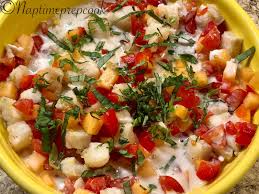
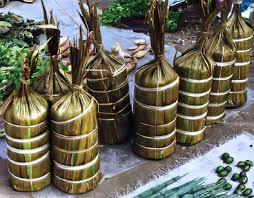
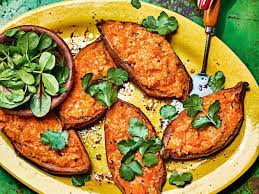

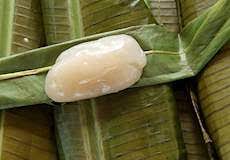
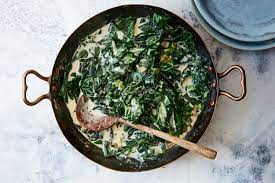
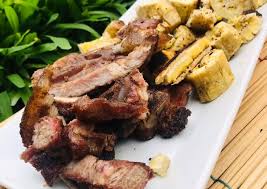
Ten Interesting Facts
- Papua New Guinea is one of the most linguistically diverse countries in the world, with over 800 languages spoken.
- The country’s national symbol is the Bird of Paradise, a colorful and iconic bird found in the region.
- Papua New Guinea’s unique cultural heritage includes traditional practices such as face painting and elaborate body decorations.
- The Kokoda Track, a historic World War II trekking route, is renowned for its challenging terrain and historical significance.
- The Sepik River region is famous for its intricate wood carvings and ceremonial masks used in traditional rituals.
- Papua New Guinea’s islands and coastal areas offer some of the world’s most pristine diving and snorkeling sites.
- The country’s traditional art forms include intricate beadwork, textile weaving, and ceremonial masks.
- Papua New Guinea’s diverse landscapes range from lush rainforests and volcanic peaks to pristine coral reefs and coastal plains.
- The Mount Hagen Cultural Show is one of the largest and most vibrant festivals in the country, showcasing diverse indigenous cultures.
- Papua New Guinea’s economy benefits from its rich natural resources, including gold, copper, and oil.
Conclusion
Papua New Guinea is a land of extraordinary beauty, rich cultural heritage, and diverse natural landscapes. From the rugged peaks of the Owen Stanley Range to the vibrant marine environments of its coastal regions, this captivating country offers an unparalleled adventure for travelers. Its unique blend of indigenous cultures, traditional practices, and stunning natural scenery makes Papua New Guinea a truly remarkable destination.
Whether exploring the historic Kokoda Track, diving in the crystal-clear waters of Madang, or experiencing the vibrant cultural festivals, visitors are sure to find a wealth of experiences that celebrate the essence of this Pacific paradise.

